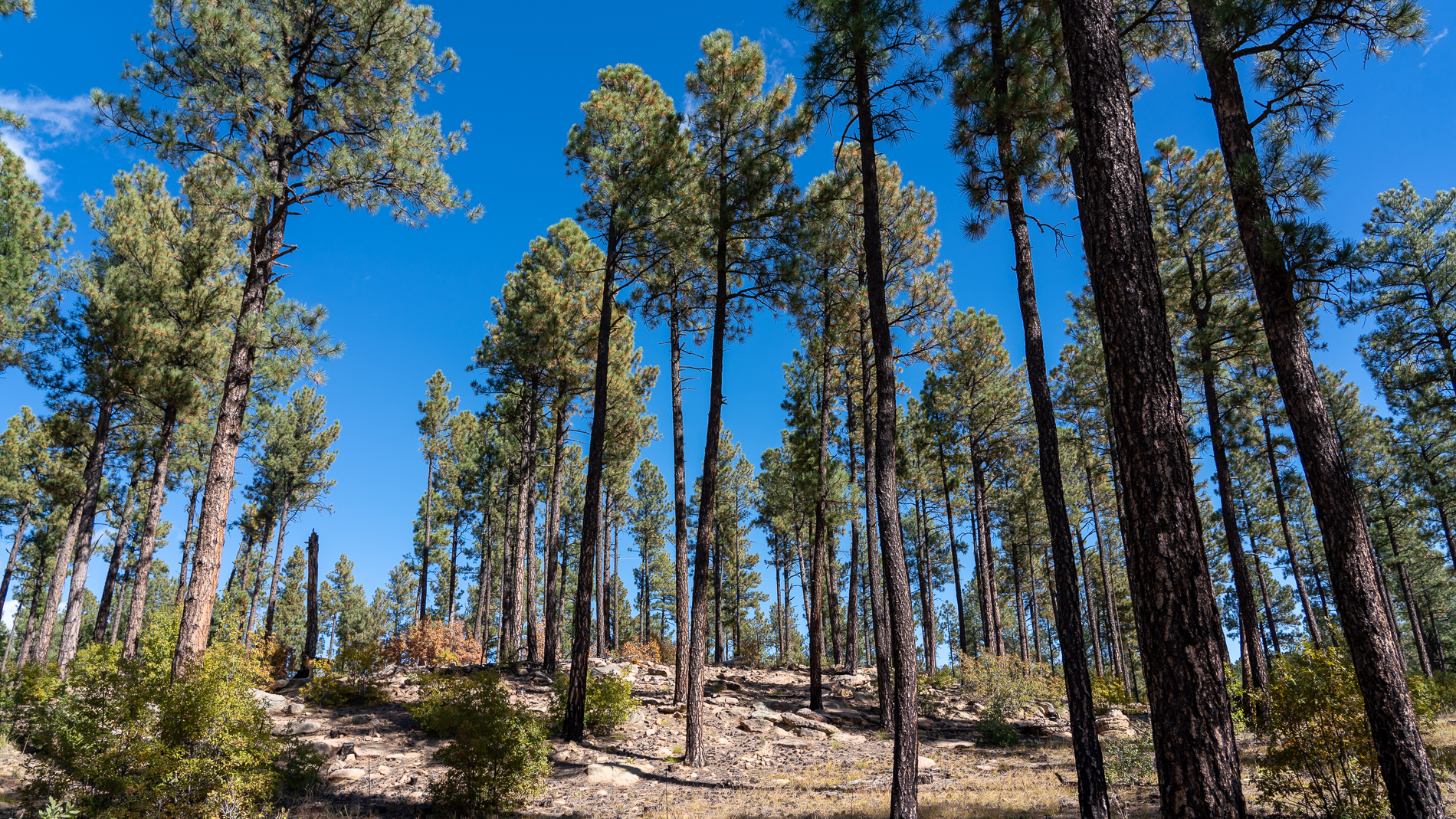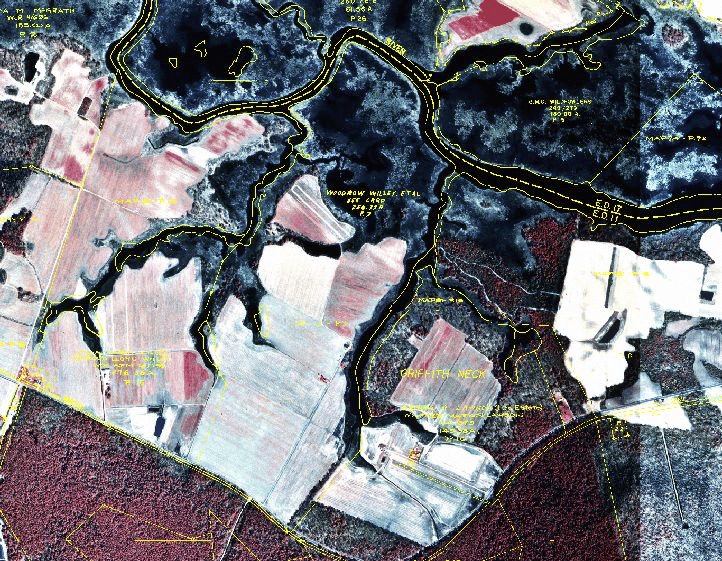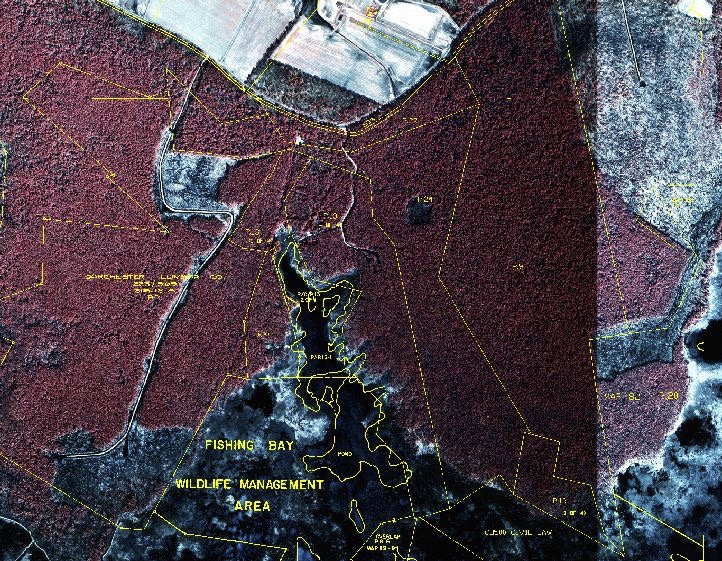About the Foundation
Conserving Biodiversity on Private Land

Our Mission & Approach
The Biophilia Foundation is dedicated to advancing biodiversity conservation on private lands by fostering systemic change through people, their communities, and direct action. We approach our mission by offering grants to nonprofit organizations, administering in-house programs, and serving as a strategic partner and fiscal sponsor for organizations with which we collaborate.
Issues of Interest
Private Land Conservation
While national parks and other lands protected by governments are critical to conservation, many regions are dependent upon the conservation value of privately-owned lands.
Our private land conservation initiative includes protection of the Pritzlaff Ranch in New Mexico, support of the Linkages project to engage private landowners in northern Sonora, and serving as the fiscal sponsor of Wildlife Corridors LLC’s project to extinguish development rights in a critical wildlife corridor.
Ecosystem Restoration
The Biophilia Foundation supports a range of restoration projects. We are particularly interested in low-tech, process-based stream restoration projects in degraded watersheds in the west. Low-tech restoration using rock detention structures or wood structures, such as beaver dam analogues, provides a nature-based solution to a host of challenges, including providing habitat for biodiversity, increasing resilience to drought and flooding, and storing carbon.
Partners and grantees engaged in this work include the Borderlands Restoration Network, Sageland Collaborative, Cascade Forest Conservancy, and Cuenca Los Ojos.
Restorative Economies
The Biophilia Foundation is interested in developing a restoration economic sector. Restorative economies encompass a variety of market-based activities, including but not limited to ecotourism, native plant sales, ecosystem restoration crews, sustainable harvest, and regenerative ranching. They can also incorporate payments for ecosystem services, such as carbon markets.
Our partner and grantee Borderlands Restoration Network is very active in this field, and our work on carbon credits for dryland riparian restoration aims to provide an additional market-based mechanism for restoration.
Conservation Policy
The need for policies that support wilderness, rewilding, restoration, and nature-based solutions is great, and opportunities for policy advancement are on the horizon. The Biophilia Foundation funds several initiatives that advance innovative environmental policy.
We were active in the development of recommendations to the Biden-Harris administration to prioritize restoration in the US-Mexico borderlands, and we support efforts to secure a green amendment in New Mexico and Yellowstone to Uintas Connection’s advocacy toward federal agencies with land management responsibilities. The Biophilia Foundation was also active in the ballot initiative to reintroduce wolves to Colorado and serves as fiscal sponsor of the Rocky Mountain Wolf Project.

Biophilia Foundation History
The Biophilia Foundation was formed in 1999 to preserve and protect the Pritzlaff Ranch, near San Ignacio, NM, a beautiful and nature-rich former horse ranch with views of the Sangre de Cristo mountains’ famous Hermit Peak. Some of the first activities of the foundation included placing a stronger easement on the property, preparing for forest fire with thinning and controlled burns, and creek restoration.
After title to the ranch was secured, Biophilia Foundation founder Richard Pritzlaff began looking for opportunities to protect and defend wildlife and biodiversity across the United States. He sought organizations and projects that needed just a little additional funding or encouragement to be developed, enhanced, or made more effective. Early projects included working with Chesapeake Wildlife Heritage on programs to help private landowners restore wildlife habitat on farms and to purchase development rights, codified in permanent easements.
In 2008, the Biophilia Foundation played a role in the development and roll-out of the latest Chesapeake Bay Agreement (CBA), the overarching federal and state agreement and funding program to “Clean up the Chesapeake Bay.” Richard Pritzlaff led a pilot project to model the effects of nutrient trading in the South River, a subwatershed of the Chesapeake. While the project was not completed due to political action by trading opponents, which led the EPA to modify reporting requirements and undermine the trading system, the experience and knowledge gained from working on a trading mechanism has proven valuable for other projects, such as carbon credits for watershed restoration.
Between 1999 and 2015, the Biophilia Foundation purchased farms on the Eastern Shore of Maryland to restore environmentally sensitive portions of the farms to wildlife habitat. In addition to benefits for biodiversity, this program also improved water quality in the Chesapeake Bay and sequestered carbon. In partnership with Chesapeake Wildlife Heritage, Biophilia restored 255 acres of wetlands, planted 52 acres of forested buffers, and created 111 acres of warm season grass meadows. Best management practices were implemented on an additional 607 acres of agricultural land.
Beginning in 2010, founder Richard Pritzlaff became increasingly interested in watershed restoration in southeastern Arizona. His Ph.D. research led him to explore the what, where, and how of creating a local restoration-based economy to counter the historical mining-based extraction economy of the region. Inspired by the work of Valer Clark of Cuenca Los Ojos, and mentored by Dr. Ron Pullium, this led directly to the creation of Borderlands Restoration L3C, Wildlife Corridors LLC, and finally the Borderlands Restoration Network, all of which have received guidance and financial support from the Biophilia Foundation.
The Biophilia Foundation advances biodiversity conservation on private lands by fostering systemic change through people, their communities, and direct action.
Donate

